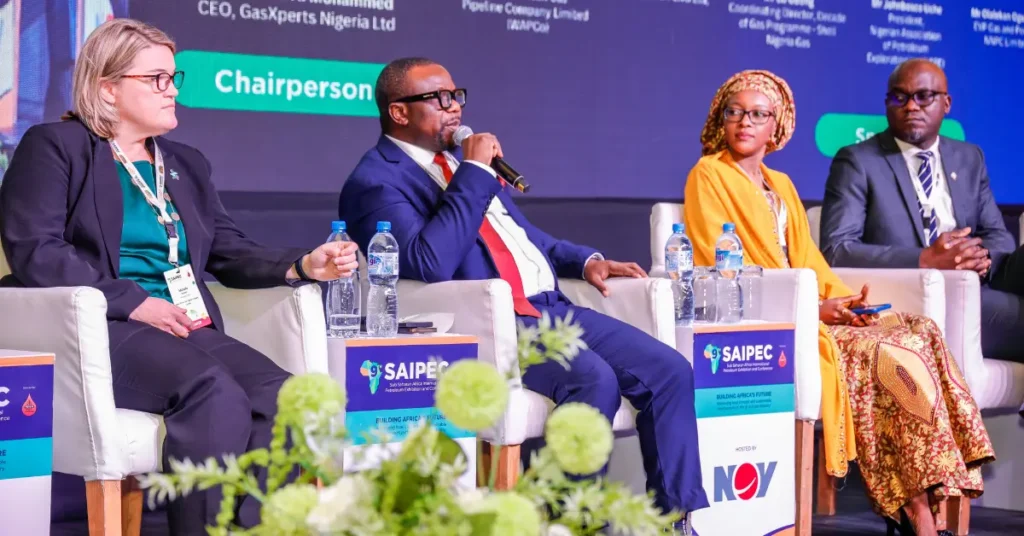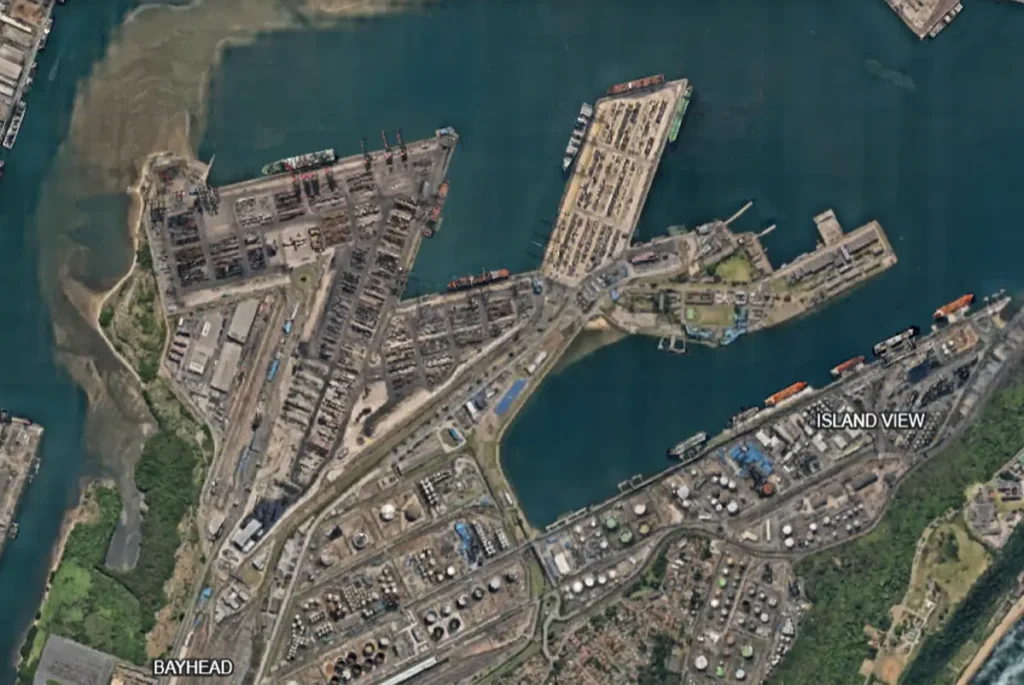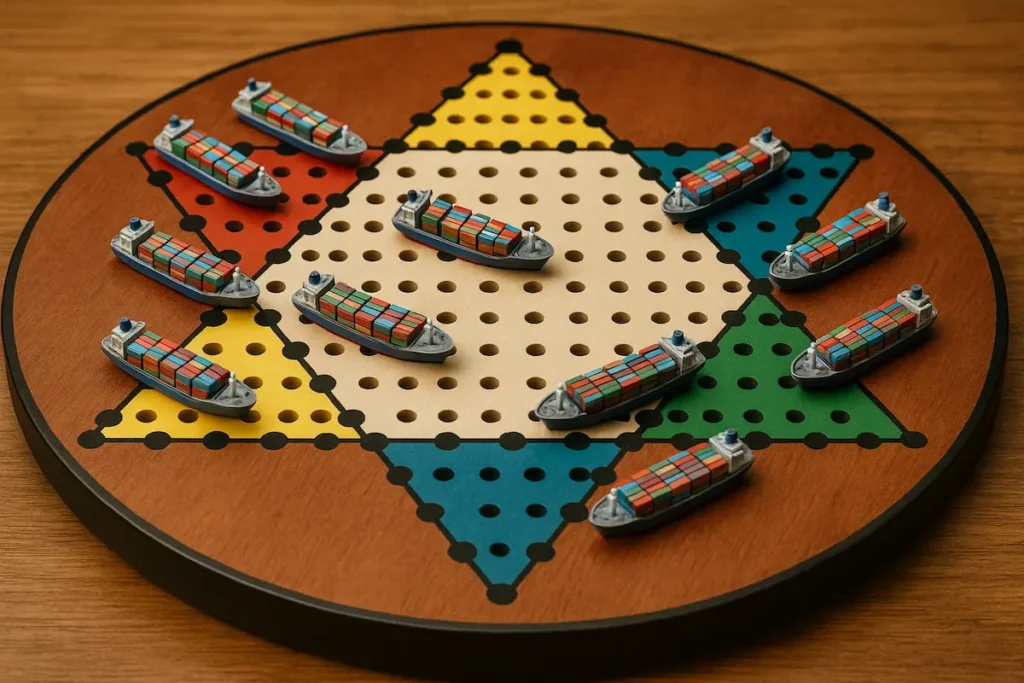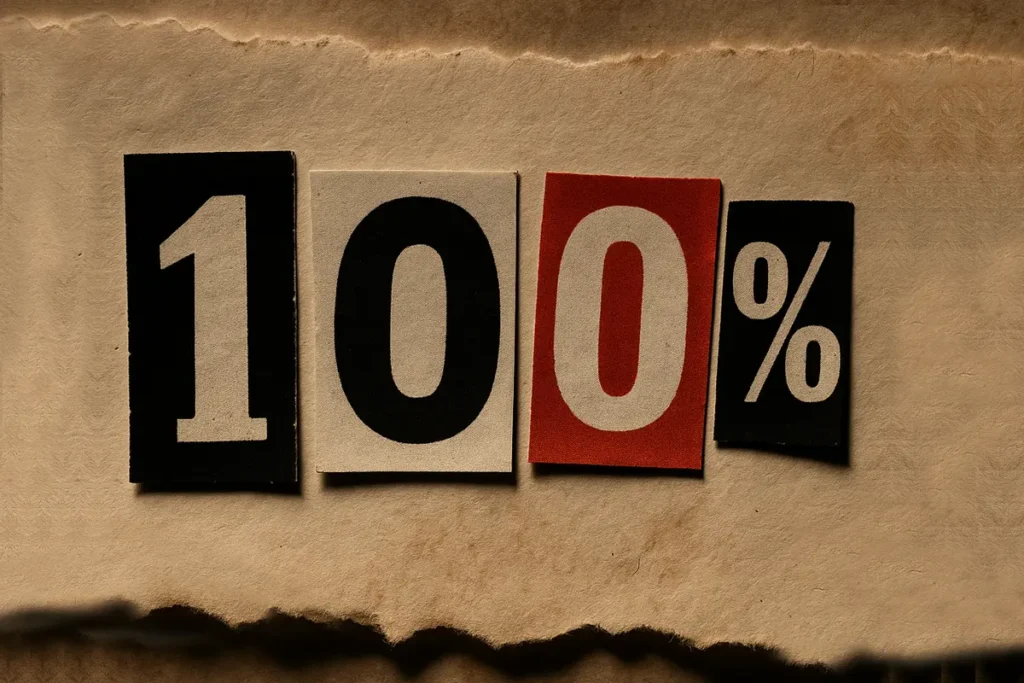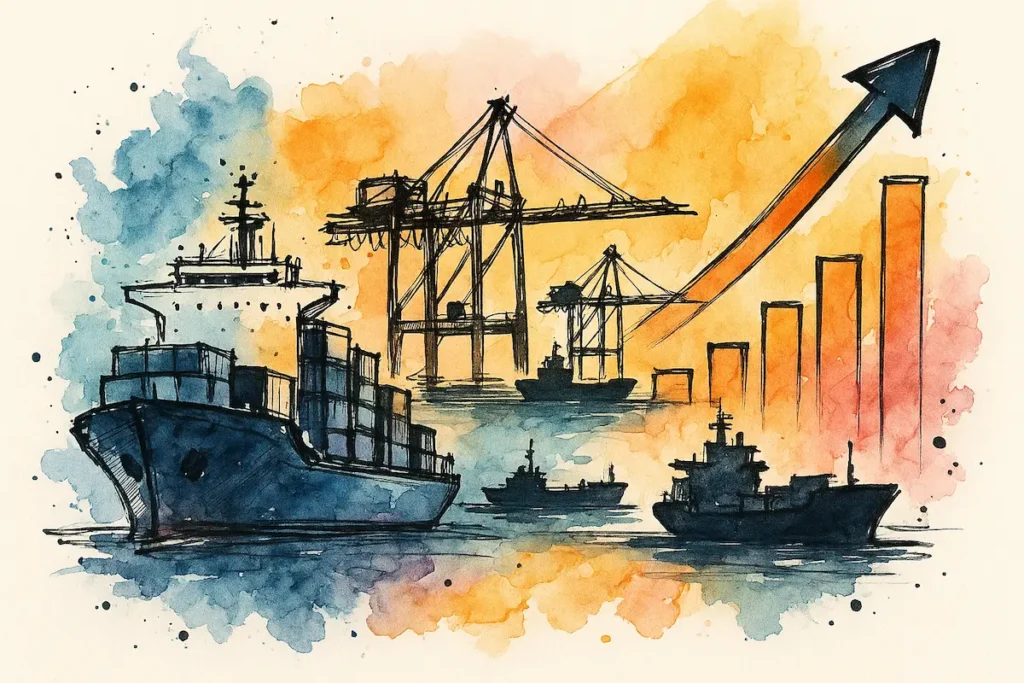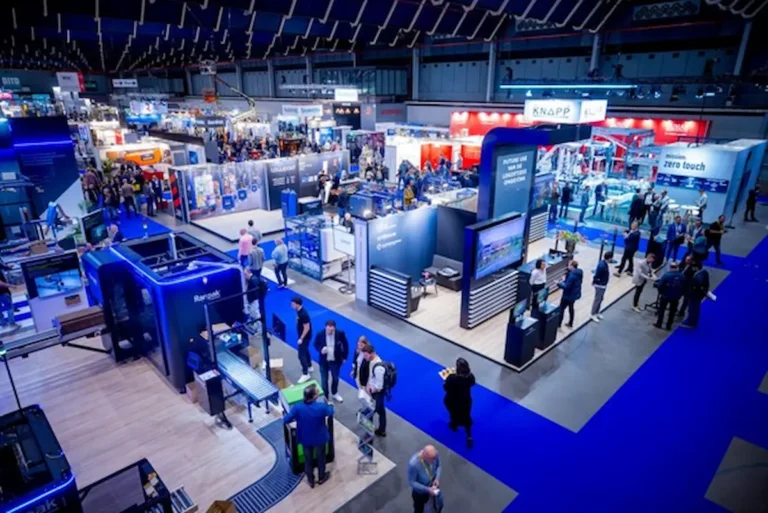In a recent interview, Nick Shaw (CEO of the International Group of P&I Clubs) noted that “there is no reason to build a new [P&I] Club unless you have sufficient tonnage to take care of”, suggesting India’s fleet may be too small to justify an indigenous P&I club..
He pointed out that unless the Indian fleet grows massively, it may not be worthwhile for India to invest capital to form its own P&I mutual, especially when Indian shipowners can already participate in established clubs..
Shaw noted that many existing clubs have multinational membership and boards (for example, Shipping Corporation of India sits on the board of NorthStandard, a major P&I club)..
He also cited Greece, which controls about 20% of global tonnage, as a nation with no “Greek P&I Club”, because Greek shipowners simply join existing international clubs..
The underlying assumption here is that fleet size is the decisive factor in determining whether India can sustain a P&I club..
Fleet tonnage of IG P&I club countries vs India
When comparing national fleets (by flag of registration, based on UNCTAD 2023 data), India’s tonnage is actually larger than or comparable to several countries that already host IG P&I Clubs:
- India: ~18.13 million DWT
- United Kingdom: ~10.69 million DWT (domicile of UK Club, Britannia, NorthStandard, London Club)
- United States: ~12.62 million DWT (American Club)
- Sweden: ~1.25 million DWT (Swedish Club)
- Luxembourg: ~1.42 million DWT (domicile for West of England and Shipowners’ Club post-Brexit)
- Norway: ~23.46 million DWT (Gard, Skuld)
- Japan: ~41.71 million DWT (Japan Club)
- Bermuda (UK Overseas Territory): ~7.04 million DWT (legal base for several clubs for regulatory reasons)
Observation: India’s ~18 million DWT is larger than the UK, USA, Sweden, Luxembourg, and Bermuda, all of which host IG clubs..
This clearly shows that fleet size alone does not determine the viability of a P&I club..
How a P&I club is identified with a country
What makes a P&I club “Indian”?
In global practice, a P&I club is considered “from” a country when it is:
-
Headquartered and legally domiciled under that country’s law,
– Advertise here –
-
Supervised by its national regulators, and
-
Historically rooted in that country’s maritime sector, even though its membership is international
For example, the UK P&I Club is domiciled in London and regulated under UK law, but its membership has always been international..
The majority of its covered fleet is Greek, Asian, or other foreign-flag tonnage, not UK-flag ships..
The same holds true for the Swedish Club, the American Club, and Japan P&I Club, all of which are nationally domiciled but globally subscribed..
This distinction is critical for India.. The Indian registry is a traditional, closed register, meaning foreign shipowners cannot simply register their vessels under the Indian flag as they would in open registries like Panama or Liberia..
However, P&I club membership is not tied to the flag of registry.. A future Indian P&I Club could insure:
-
Indian-controlled vessels flying foreign flags (many Indian shipowners flag ships in Panama, Liberia, or Singapore for commercial reasons), and
-
Non-Indian fleets from South Asia, the Middle East, or Africa, if the club builds credibility and offers competitive pricing..
In this sense, an “India P&I Club” would mean a club domiciled and regulated in India, not one limited to Indian-flag ships..
Like its counterparts in Europe, Japan, and the U.S., it would likely start with strong domestic participation but would need to attract international tonnage to reach the scale required for a sustainable mutual..
The benefits of an Indian P&I Club
Even with India’s traditional (closed) registry, which does not attract foreign-owned vessels like an open or Panama or Liberia registry, there are clear benefits to pursuing a domestic P&I club:
- Strategic sovereignty and sanctions resilience
- Protect Indian vessels from disruptions in cover due to geopolitical conflicts or sanctions..
- Ensure Indian trade continues even if Western insurers restrict coverage..
- Cost savings for domestic operators
- Smaller Indian coastal and inland operators currently pay high premiums abroad..
- A domestic club could offer premiums up to 30% lower, tailored to Indian risk profiles..
- Building a maritime insurance ecosystem
- Develop local underwriting expertise, claims management, and legal capacity..
- Strengthen India’s broader maritime ecosystem alongside initiatives like Make in India and Sagarmala..
- Retaining capital in India
- India’s shipowners pay billions of rupees annually to foreign clubs..
- A domestic club would keep more of these premiums invested locally..
- Enhancing India’s influence
- At present, Indian shipowners are represented within IG clubs through individual board seats, such as SCI’s role at NorthStandard..
- A domestically domiciled Indian club, once admitted to the IG, would elevate that presence to the institutional level, giving India itself a seat in global P&I policy and reinsurance discussions..
Implications for India
- Fleet size is not a disqualifier.. India already has more flagged tonnage than several IG club countries..
- An Indian P&I club would be Indian in domicile and governance, not in flag exclusivity..
- The debate should shift from “do we have enough tonnage” to “do we have the strategy, capital, and ambition” to build a club..
- The true test will be whether India can convince domestic shipowners to shift, attract foreign tonnage, and sustain global-level claims handling and reinsurance capacity..
Conclusion
While Nick Shaw’s caution about scale is valid, a P&I club does need critical mass to spread risk, the hard data shows that fleet tonnage alone is not a barrier.. Countries with smaller fleets than India already host IG clubs..
The real question is whether India wants to pursue this as a strategic initiative (retaining capital, ensuring sovereignty, building expertise) or as a competitive mutual that must win trust in the global market..
In that light, the “sufficient tonnage” test may not be the right yardstick.. India’s ambitions for a domestic P&I club could be both feasible and beneficial, provided it is anchored in strategy, not just size..




